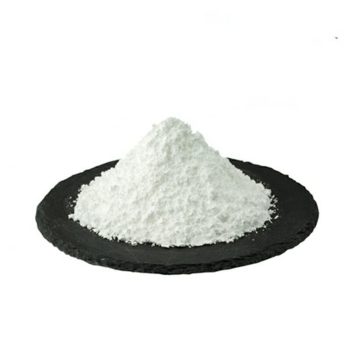Product Description
The Lysophospholipase is produced by submerged fermentation of Aspergillus niger followed by purification, formulation, and drying. The product has high hydrolytic activity within a wide range of temperature and pH.
Introduction
Phospholipids are lipids containing a phosphate group and can be divided into sphingolipids and glycerophospholipids according to their chemical structure. In plants, phospholipids exist predominantly in the form of glycerophospholipids. The general formula of their structures is shown in Figure 1.
Depending on the type of hydrolysis they catalyze, phospholipases are categorized into phospholipase A1, phospholipase A2, phospholipase B, phospholipase C, and phospholipase D as illustrated in the below figure. The present product belongs to phospholipase B.

Product Standard
| ITEMS | INDEX | |
| Particle size (%<40 mesh) | ≥80 | |
| Loss on drying/(%) | ≤8.0 | |
| Lead/(mg/kg) | ≤5.0 | |
| Arsenic/(mg/kg) | ≤3.0 | |
| Total viable count/(CFU/g) | ≤50000 | |
| Coliform Bacteria/(CFU/g) | ≤30 | |
| Escherichia coli | (CFU/g) | <10 |
| (MPN/g) | ≤3.0 | |
| Salmonella/(25g) | Not Detected |
Reaction Parameters
| CONDITION | RANGE |
| Activity Temperature | 30℃-55℃ |
| Optimum Temperature | 30℃-45℃ |
| Activity pH | 4.0-8.0 |
| Optimum pH | 5.5-7.5 |
Recommended Dosage
The recommended dosage is 0.1-5 kg/t DS. The dosage has to be optimized based on each application, the raw material specifications, product expectation, and processing parameters. It is better to begin the test with the convenient volume.
Safe Handling Precautions
Enzyme preparations are proteins that may induce sensitization and cause allergic-type symptoms in susceptible individuals. Prolonged contact may cause minor irritation for skin, eyes, or nasal mucosa. Any direct contact with the human body should be avoided. If irritation or allergic response for skin or eyes develops, please consult a doctor.
Package
Storage: Keep sealed in a dry and cool place and avoid direct sunlight.
Storage
Shelf life: 12 months in a dry and cool place.








